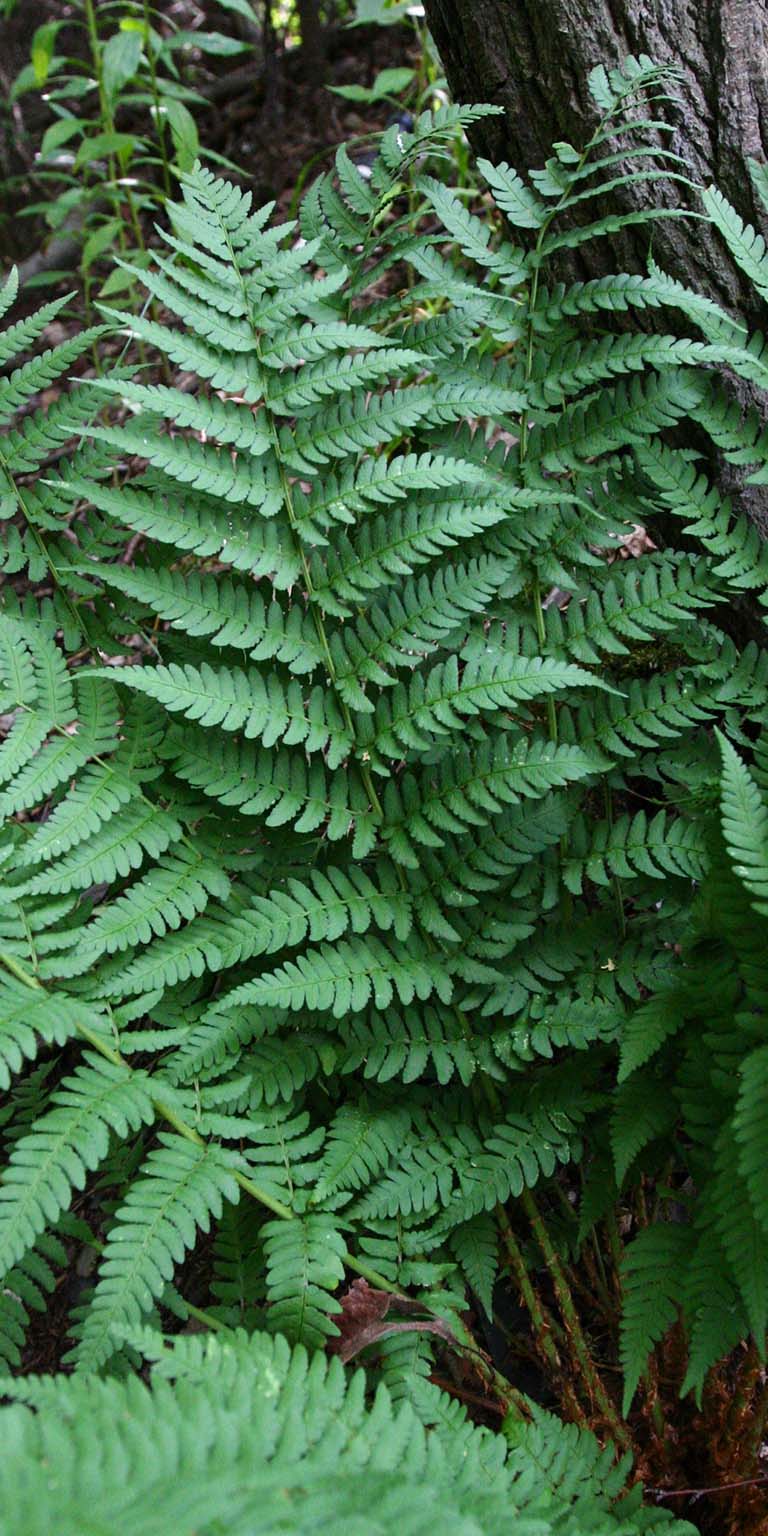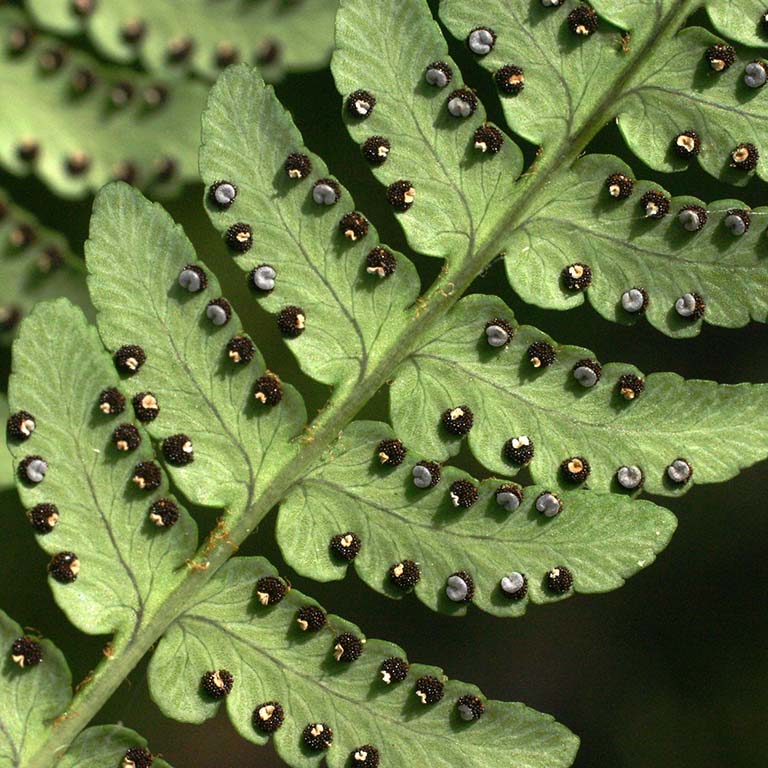Frequently asked questions
Of course! Your name will be displayed underneath your photo for all to see. We shall cite your name as listed on the submission form.
No, you don’t have to submit edited photos. We’ll edit any photos you send as needed, so we prefer the raw unedited versions.
You don’t need a fancy camera to participate, but it doesn’t hurt for macro (close-up) images. As long as your photos are sharp and of good quality, we are pleased to use them whether taken with a smartphone or professional-level DSLR.
No! If you’ve taken some great photos of other species, feel free to submit those as well. We’d love to see them. This is especially true if you can supply complete field information.
You can find more information about collecting field information on our Photo Submission page.
An herbarium is a collection of preserved plant specimens and related information (collection date, location, etc.). For more info about the Indiana University Herbarium, click https://biology.indiana.edu/research/facilities-resources/herbarium.html.
No, you don’t need an account to use the Consortium of Midwest Herbaria website. Everything you need for the scavenger hunt is available without an account.
Follow the instructions on our "Species Pages" document.
No, there’s no limit! That said, if you take 100+ photos of a particular plant, we hope that you will use your best judgement to pare it down before submitting. Also, for convenience, we ask that you package your photos into a zip folder before uploading them. (Find instructions for zipping files on the photo upload page.)
No, not necessarily! We welcome photos of plants at various times of the year. While some species will have flowers and fruit at the same time, many species produce flowers and fruit at different times of the year, so feel free to visit the same areas multiple times!
You may! However, make sure that your cultivated plant is one that’s on our target list and is visually the same as a wild type of the same species.
Throughout the scavenger hunt we will post seasonal lists of target species that are currently flowering or fruiting. Find the current list on our Hunting Lists page.
Find information about ecoregions on our Hunting Lists page.
Absolutely! The same rules apply: the photos must be of good quality and not overly edited. Also, note that these photos might not be able to serve as observation records due to insufficient data, but they’re still a great addition to our species pages!
Looking at our digital herbarium records can be helpful and give you hints about where the species was known to have grown in the past, but things can change over the years! Often, your best bet is to find out what kind of habitat a particular species prefers and look for that habitat in your area. If you’re not sure what habitat a species prefers, you can find out in the species pages.
Although your smartphone can record much information, we recommend having a notebook or clipboard handy. Regardless of the medium, for an explanation of what information you need to collect, see the Recommended Field Notes on the Photo Submission page.
The “Golden Key” is an incredibly useful tool for identifying species! You can find more information about how to use it, check out our “How to Identify Species: the Golden Key” instructions.
Of course! As long as you’re willing to learn some botany basics, you’re good to go! That said, we realize that there are some species in the state that will be difficult for beginners to identify and that’s OK. We hope that everyone will participate and learn something from this scavenger hunt, whether you’re an expert with years of training or a hobbyist who’s just starting out.
For the most part, the scavenger hunt will end with the growing season; however, a few hardy participants may send photos of late-season fruits (e.g., capsules, milkweed pods).



Both fern images are Dryopteris marginalis (commonly known as marginal wood fern or marginal shield fern). The small, round sori (spore-producing structures) are found on the underside of the fern leaves. The tiny member of the mustard family (Brassicaceae or Cruciferae) in the third image is Draba verna (one of its many common names being spring draba). It is the only member of its genus with bifid (deeply divided) flower petals. Note the penny in the lower right corner of the photo for size comparison. Photos by Paul Rothrock

